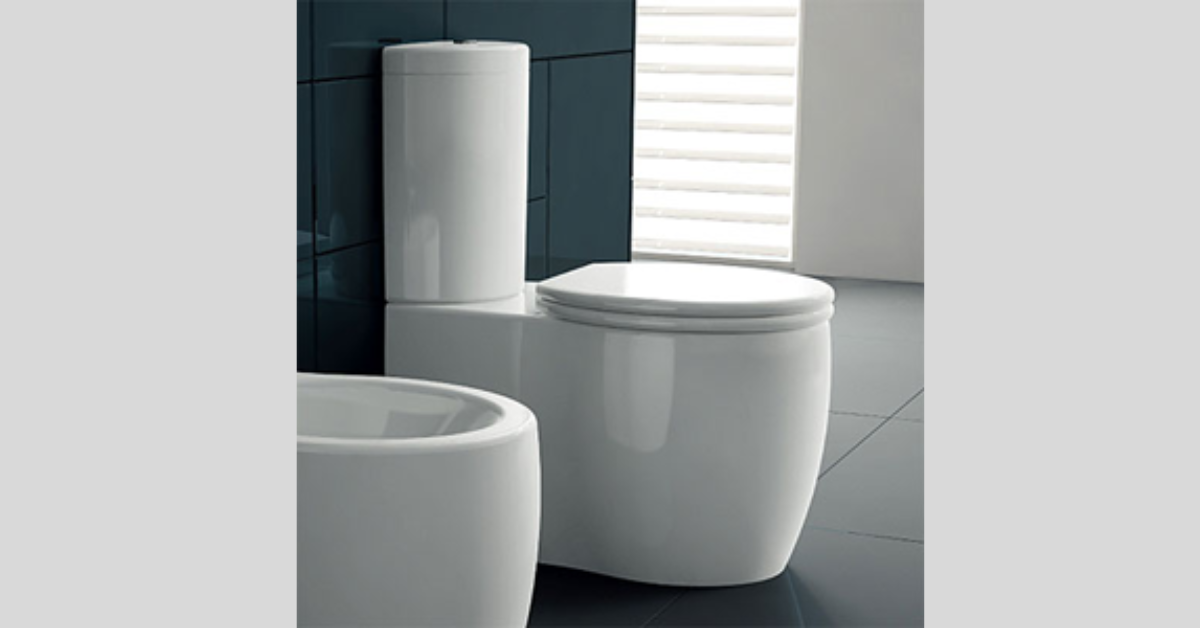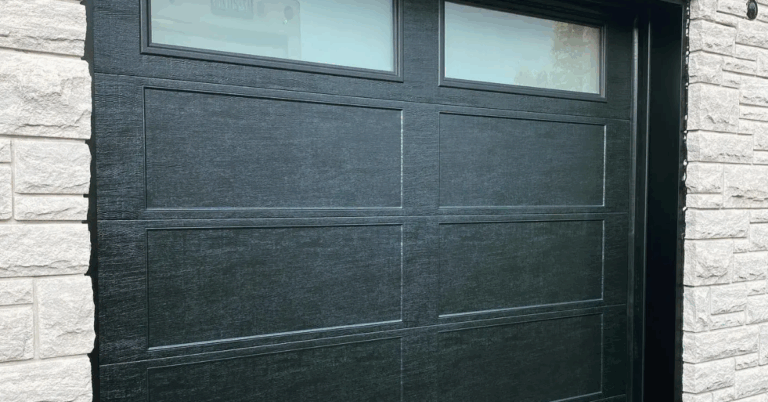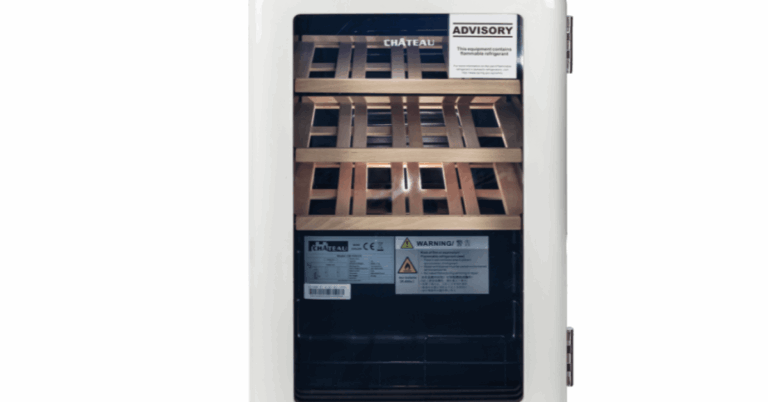Choosing the Right Toilet Bowl in Singapore: A Complete Buyer’s Guide
When it comes to renovating or outfitting your bathroom, the toilet bowl is one of the most important fixtures to get right. It may not be the most glamorous part of the home, but it’s certainly one of the most used. In Singapore, where homes range from compact HDB flats to expansive condominiums and landed properties, choosing the right toilet bowl can impact comfort, hygiene, space optimization, and even water bills.
This comprehensive guide will walk you through everything you need to know about Toilet Bowl Singapore, from types and features to regulations and installation tips.
Why Choosing the Right Toilet Bowl Matters
A good toilet bowl ensures:
-
Efficient and hygienic waste disposal
-
Comfortable use for all family members
-
Water efficiency, especially important in Singapore’s eco-conscious environment
-
Long-term durability with minimal maintenance
Plus, the right design can enhance your bathroom’s overall aesthetic, especially in modern homes with sleek interior styles.
Types of Toilet Bowls in Singapore
There are several toilet bowl types available in Singapore, each suited for different needs and bathroom layouts. Understanding these will help you choose the most practical and comfortable model for your space.
1. Close-Coupled Toilet
This is the most common type in Singapore. The cistern is directly attached to the back of the toilet bowl, creating a single, compact unit.
Pros:
-
Space-saving
-
Affordable
-
Easy to install and maintain
Cons:
-
Less customizable in terms of height or layout
2. Back-to-Wall Toilet
The toilet sits flush against the bathroom wall, and the cistern is either concealed or mounted directly behind.
Pros:
-
Sleek, modern look
-
Easy to clean around the base
Cons:
-
May require concealed piping
-
Installation can be more complex
3. Wall-Hung Toilet
A floating design with the bowl mounted on the wall and the cistern hidden behind it.
Pros:
-
Ultra-modern and minimalist
-
Easier floor cleaning
-
Adjustable height
Cons:
-
Higher installation cost
-
Requires a strong wall structure
4. One-Piece Toilet
The cistern and bowl are molded as a single piece. These are often seen in premium bathroom setups.
Pros:
-
Seamless design
-
Easier to clean (no joints between tank and bowl)
Cons:
-
Heavier and more expensive
-
More difficult to transport or install
5. Smart Toilet Bowls
These come with integrated bidet functions, heated seats, automatic lids, and other tech enhancements.
Pros:
-
Maximum hygiene and comfort
-
Luxury features
Cons:
-
Significantly higher cost
-
Requires electrical connection
Key Features to Consider
1. Flushing System
Singapore’s water-saving regulations encourage efficient flush mechanisms. Here are common options:
-
Dual-Flush System: Allows you to choose between a full or half flush, saving water.
-
Siphon Flush: Powerful and quiet; popular in modern toilets.
-
Pressure-Assisted Flush: More effective for heavy use but louder.
2. Water Efficiency Label (WELS)
In Singapore, all toilet bowls must comply with the Water Efficiency Labelling Scheme (WELS). The higher the rating (up to 3 ticks), the more water-efficient the model.
Tip: Choose a model with at least 2 or 3 ticks to reduce water consumption and lower PUB bills.
3. Bowl Shape and Size
Toilet bowls typically come in:
-
Round front: Better for compact bathrooms
-
Elongated: More comfortable but takes up more space
Always measure your bathroom space before purchasing, including the distance from the wall to the drainage outlet (called the “rough-in”).
4. Height
Standard toilets are about 15 inches from the floor to seat. However, comfort-height toilets (17–19 inches) are increasingly popular for elderly users and those with mobility issues.
5. Material and Coating
Most toilet bowls are made from vitreous china (glazed ceramic), which is durable and easy to clean. Some models include anti-bacterial or stain-resistant coatings for added hygiene.
Toilet Bowl Installation in Singapore
1. Floor vs Wall Outlet
Singapore homes typically use either:
-
P-trap (wall outlet): Common in HDBs
-
S-trap (floor outlet): Found in older units and some private homes
Make sure the toilet model matches your trap type—or use a conversion kit if necessary.
2. Professional Installation
Hiring a licensed plumber is highly recommended. In Singapore, incorrect installation can lead to:
-
Leaks and water damage
-
Poor flushing performance
-
Fines for violating PUB regulations
Typical installation costs range from $80 to $200, depending on complexity.
How Much Does a Toilet Bowl Cost in Singapore?
Prices can vary greatly based on type, features, and brand:
| Type | Price Range (SGD) |
|---|---|
| Close-coupled | $150 – $400 |
| Back-to-wall | $300 – $600 |
| Wall-hung | $500 – $1,200 |
| One-piece | $400 – $900 |
| Smart toilets | $800 – $3,000+ |
Installation fees are usually not included in the retail price, so be sure to factor that into your budget.
Toilet Bowl Maintenance Tips
To ensure longevity and hygiene:
-
Clean regularly using non-abrasive cleaners
-
Check for leaks in cistern and base periodically
-
Avoid harsh chemicals that can damage glazing
-
Inspect flushing mechanisms every 1–2 years
Smart toilet bowls may also require occasional firmware updates and descaling.
Trends in Toilet Bowls in Singapore
Singaporean homeowners are increasingly prioritizing:
-
Space-saving models for smaller bathrooms
-
Minimalist and matte finishes for modern aesthetics
-
Integrated bidet systems for hygiene and convenience
-
Eco-friendly options with low water usage
-
Touchless or automatic flushing systems for germ-free use
As bathrooms become more design-focused, the toilet bowl is no longer just a necessity—it’s a design statement.
FAQs: Toilet Bowl Singapore
Q1: What’s the best toilet bowl type for an HDB flat in Singapore?
A1: A close-coupled or back-to-wall toilet with a dual-flush system and S-trap outlet is typically best for HDB bathrooms.
Q2: Do I need a permit to change my toilet bowl in Singapore?
A2: No permit is needed for replacement, but it must comply with PUB regulations. Use a licensed plumber to avoid issues.
Q3: How do I know if my bathroom uses a P-trap or S-trap?
A3: If the waste pipe goes into the wall, it’s a P-trap. If it goes into the floor, it’s an S-trap. Your existing toilet should indicate this.
Q4: Are smart toilet bowls suitable for Singapore bathrooms?
A4: Yes, but ensure there’s access to an electrical outlet and sufficient water pressure for all functions to work properly.
Q5: How often should I replace my toilet bowl?
A5: A quality toilet bowl can last 15–20 years. Replace earlier if there are persistent cracks, leaks, or flushing issues.
Final Thoughts
Finding the right toilet bowl in Singapore is about more than just looks. It’s a matter of comfort, efficiency, and compliance with local standards. Whether you’re renovating your HDB flat in Bedok or upgrading your condo bathroom in Bukit Timah, understanding the options and features will help you make an informed choice.
Consider your space, plumbing layout, family needs, and lifestyle habits. A well-chosen toilet bowl not only enhances hygiene but also adds to the comfort and value of your home.







